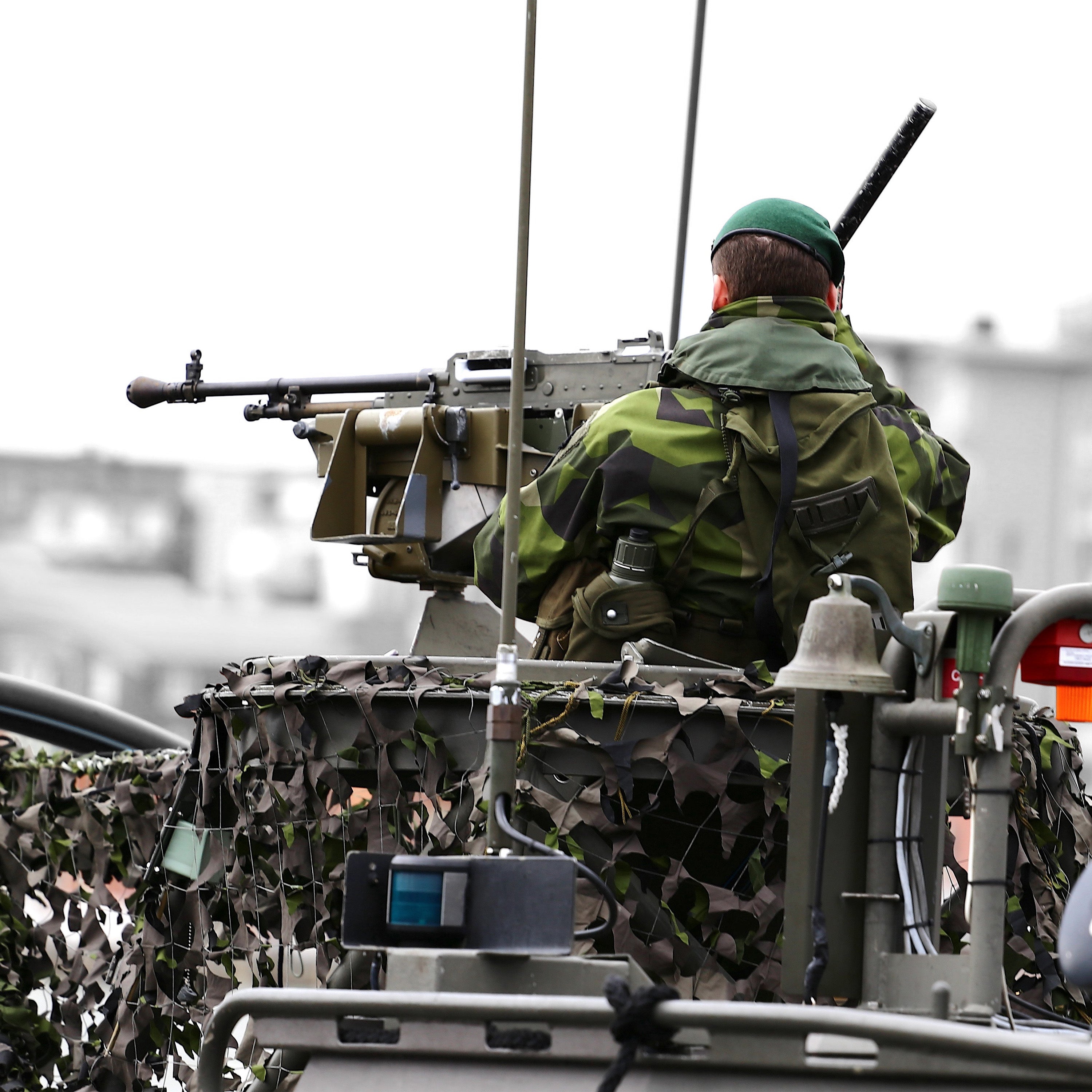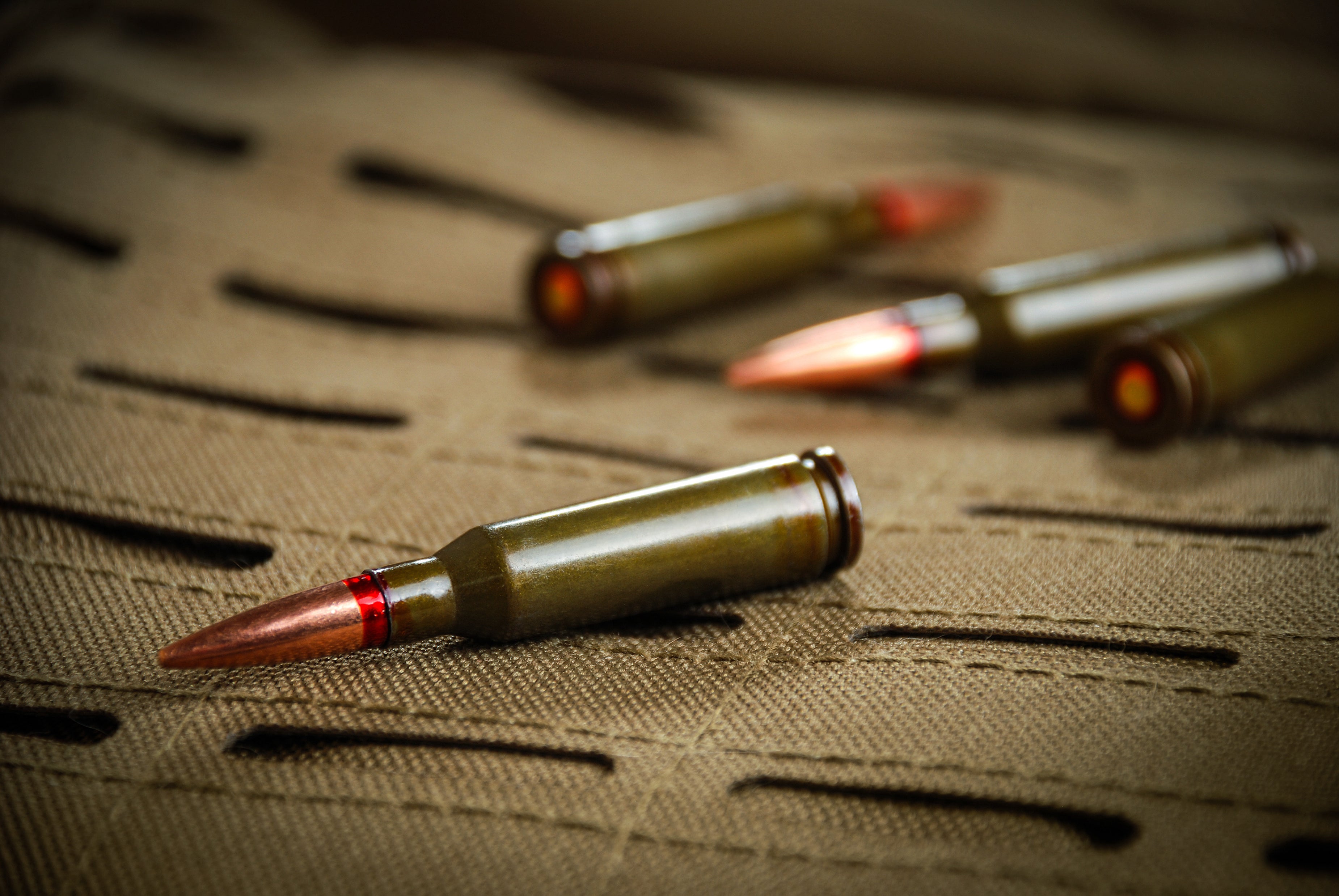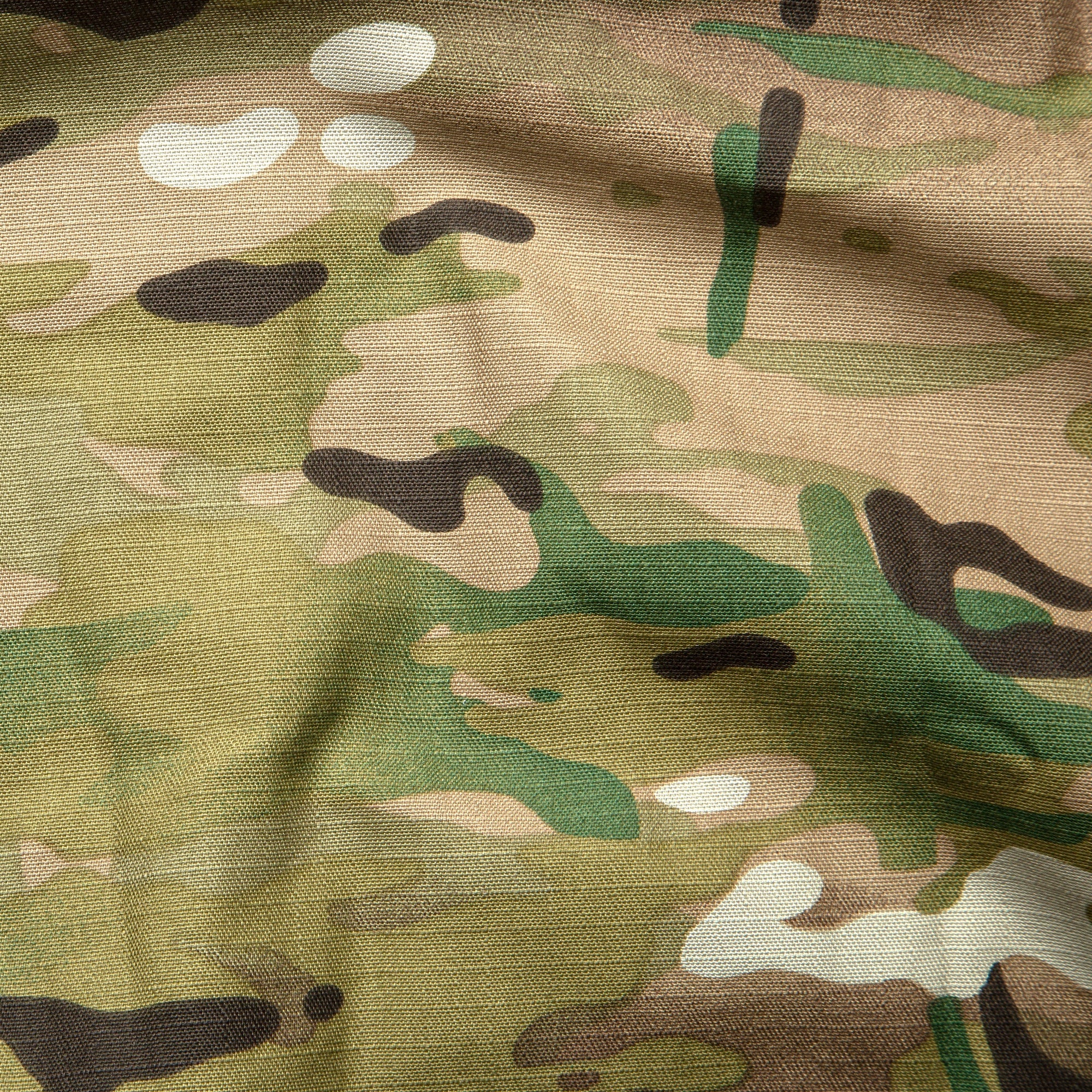Development and Design
The Diving Saucer was conceived in the early 1960s as part of Cousteau’s ongoing quest to explore the underwater world with greater precision and flexibility. It was developed by Jacques Cousteau and his team at the Cousteau Society, which was dedicated to advancing marine science and environmental conservation.Design Features:
- Shape and Structure: The Diving Saucer was named for its distinctive shape, resembling a saucer or disc. This design was chosen for its stability and hydrodynamic efficiency. The saucer-shaped craft was built with a streamlined, pressure-resistant hull to withstand the high-pressure conditions of deep-sea environments.
- Capacity and Configuration: The submersible was designed to carry a pilot and a single passenger or observer. The interior was configured with viewing ports and instrumentation to allow the occupants to observe and record underwater environments.
- Mobility and Maneuverability: The Diving Saucer was equipped with thrusters and control systems that allowed for precise maneuvering underwater. This capability was crucial for navigating and exploring complex underwater terrains and conducting scientific observations.
- Depth Rating: The Diving Saucer was capable of reaching significant depths, though it was not designed for the extreme pressures found in the deepest parts of the ocean. Its depth capability was sufficient for exploring many underwater environments and conducting valuable research.
Notable Expeditions and Discoveries
The Diving Saucer played a crucial role in several important expeditions and research projects conducted by Jacques Cousteau and his team:1. Exploration of Underwater Ecosystems: The Diving Saucer was used to explore a variety of underwater environments, including coral reefs, underwater caves, and deep-sea habitats. The submersible’s ability to provide close-up observations allowed researchers to study marine life and ecosystems in greater detail.
2. Documenting Marine Life: The submersible was instrumental in documenting marine life and behavior. The observations made from the Diving Saucer contributed to a deeper understanding of underwater species and their interactions within their habitats.
3. Underwater Archaeology: The Diving Saucer was also used in underwater archaeology projects. It provided researchers with the ability to examine and document submerged archaeological sites, including shipwrecks and ancient ruins.
4. Scientific Filming: The Diving Saucer was featured in several of Cousteau’s documentaries, including the acclaimed television series "The Undersea World of Jacques Cousteau." The footage captured by the submersible provided audiences with unprecedented views of the underwater world, helping to raise public awareness about marine conservation.
Legacy and Impact
The Diving Saucer was a significant technological and scientific achievement in the field of underwater exploration. Its contributions and legacy are reflected in several key areas:1. Advancements in Underwater Technology: The design and capabilities of the Diving Saucer influenced the development of subsequent underwater vehicles and submersibles. Its innovations in mobility, maneuverability, and observation contributed to the evolution of deep-sea exploration technology.
2. Inspiration for Future Exploration: The Diving Saucer inspired future generations of marine scientists, engineers, and explorers. Its role in advancing underwater research and its impact on public awareness of marine environments helped to foster a greater interest in ocean exploration and conservation.
3. Contribution to Marine Science: The data and observations collected by the Diving Saucer contributed to the body of knowledge about marine ecosystems and species. The submersible’s role in scientific research and documentation helped to advance the understanding of underwater environments.













Share:
Jacques Cousteau’s Calypso: The Iconic Vessel of Underwater Exploration
Jacques Cousteau’s Influence on Dive Watches: A Legacy of Precision and Exploration